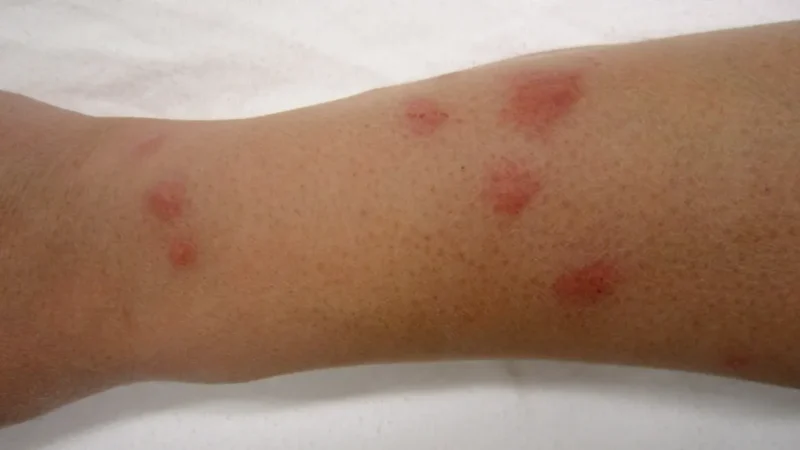Understanding Calculus Bridges: A Comprehensive Guide

Introduction
Calculus bridges, also known as tartar bridges, are a common dental problem that can affect people of all ages. They occur when plaque, a sticky film of bacteria, hardens into tartar and accumulates along the gumline, eventually connecting multiple teeth. Calculus bridges can be unsightly and can also lead to more serious dental problems, such as gingivitis, periodontitis, and tooth loss.
What are Calculus Bridges?
Calculus bridges are a buildup of hardened plaque that connects multiple teeth along the gumline. Plaque is a sticky film of bacteria that forms on teeth after eating. If plaque is not removed regularly, it can harden into tartar, which is a much more difficult substance to remove. Calculus bridges can be very hard and are often yellow or brown in color.
Causes of Calculus Bridges
There are a number of factors that can contribute to the formation of calculus bridges, including:
- Poor oral hygiene: Not brushing and flossing regularly allows plaque to build up and harden into tartar.
- Dry mouth: Saliva helps to wash away plaque and bacteria, so people with dry mouth are more likely to develop calculus bridges.
- Smoking: Smoking can damage the gums and make it more difficult to clean the teeth, which can lead to plaque buildup.
- Certain medications: Some medications can cause dry mouth or other side effects that increase the risk of calculus bridges.
- Genetics: Some people are simply more prone to developing calculus bridges than others.
Symptoms of Calculus Bridges
Calculus bridges are often visible, especially along the gumlineYou may also result in extra symptoms like:
- Red, swollen, or bleeding gums
- Bad breath
- Difficulty chewing
- Loose teeth
Complications of Calculus Bridges
If left untreated, calculus bridges can lead to a number of serious dental problems, including:
- Gingivitis: Gingivitis is inflammation of the gums. It is the first stage of periodontal disease and can be reversed with good oral hygiene.
- Periodontitis: Periodontitis is a more serious infection that can damage the gums, bones, and other tissues that support the teeth. Periodontitis can lead to tooth loss.
- Tooth loss: Calculus bridges can contribute to tooth loss by damaging the gums and bones that support the teeth.
Treatment for Calculus Bridges
The only way to remove calculus bridges is through professional dental cleaning. During a dental cleaning, your dentist will use a scaler to remove the tartar from your teeth.If so, are still spots on your teeth, they can additionally polish them at all times.
Prevention of Calculus Bridges
The best security with calculus bridges is to keep good dental hygiene. This includes:
- Flossing once a day
- Using a mouthwash
- Getting routine exams and testing at a dental office
Additional Tips
In addition to the tips above, there are a few other things you can do to help prevent calculus bridges:
- Eat a healthy diet: A healthy diet can help to reduce plaque buildup.
- Follow evident of sugar-filled refreshments which may heighten accumulations of plaque.
- Quit smoking: Smoking can damage the gums and make it more difficult to clean the teeth.
Conclusion
Calculus bridges are a common dental problem that can be prevented with good oral hygiene. If you think you may have calculus bridges, see your dentist for an exam and treatment.tunesharemore_vertadd_photo_alternate






